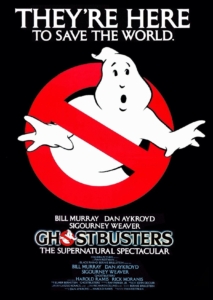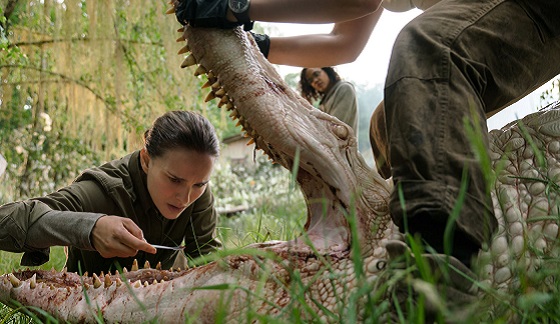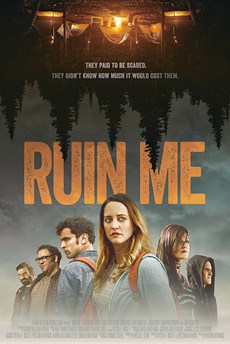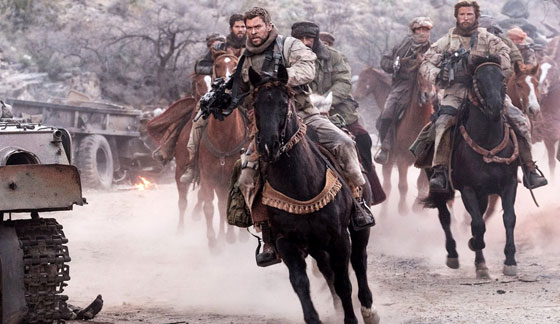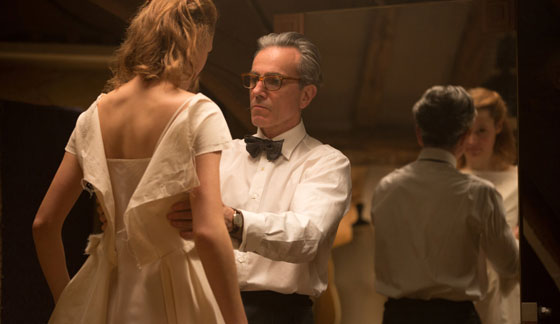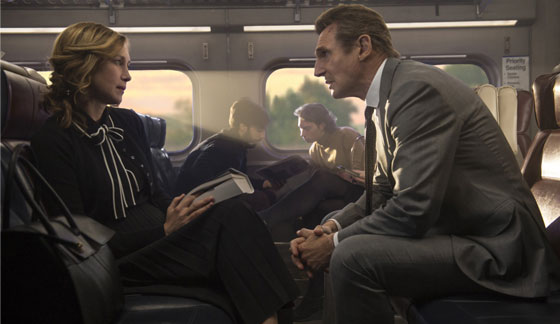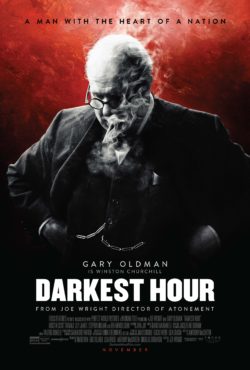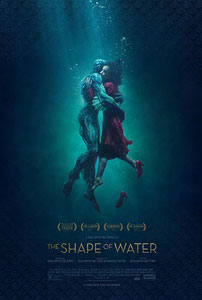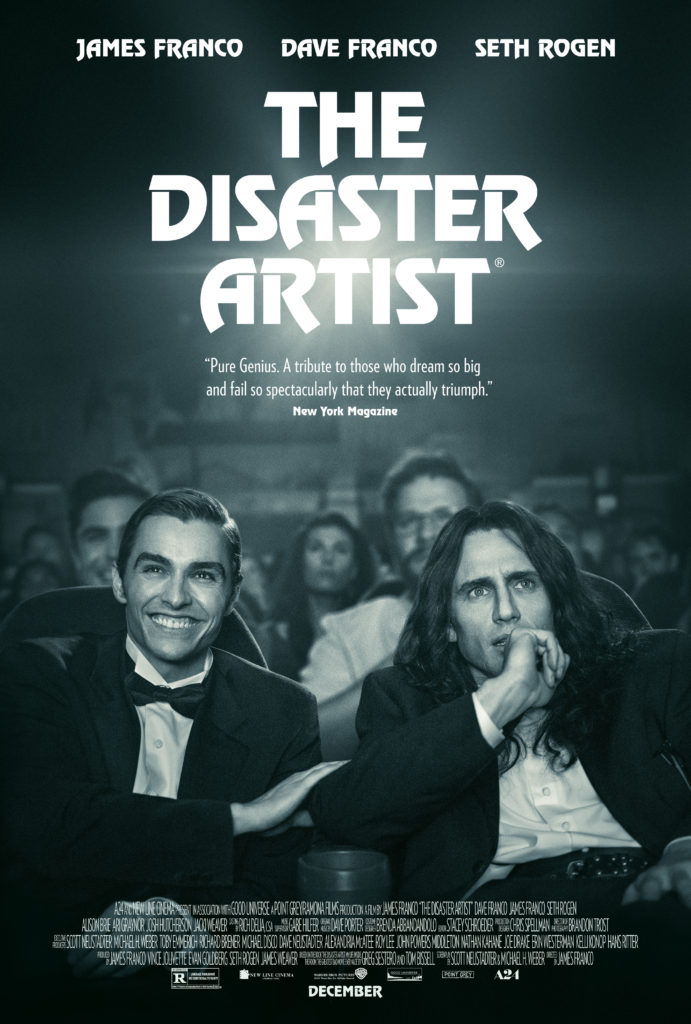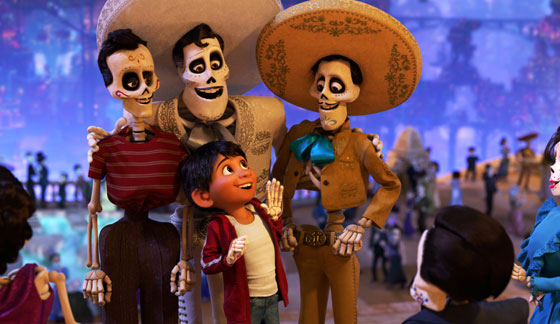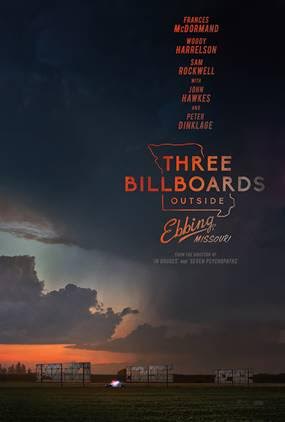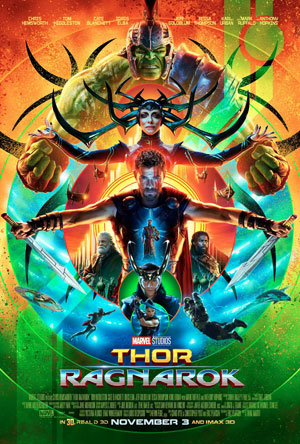Starring: Natalie Portman, Jennifer Jason Leigh and Oscar Isaac
Directed By: Alex Garland
Rated: R
Running Time: 115 minutes
Paramount Pictures
I really wanted to like this movie. Despite a poor advertising campaign and some unimaginative trailers, I was optimistic that Alex Garland could make some magic out of nothing with “Annihilation.” The man been attached to some great films over the past couple of decades like “28 Days Later,” “Dredd,” and most importantly, “Ex Machina.” Whereas “Ex Machina” was sleek and smart, “Annihilation” is clunky and confusing.
It’s not that “Annihilation” is lacking in interesting concepts, it’s that they’re wrapped around predictable subplots and a ragbag of conflicting tones. The movie begins with an interesting sci-fi premise, an extraterrestrial phenomenon, called the Shimmer by the scientists investigating it, has been slowly enveloping the land around a coastal lighthouse for three years. The government has sent in several teams of soldiers into the Shimmer, only for them to never return. Except for one.
A confused Kane (Isaac) stumbles back into his home, into the loving embrace of his wife, Lena (Portman) who had assumed the worst after he went MIA. She knew nothing of his mission into the Shimmer and his mysterious return only brings her into the fray. In the hopes of learning more about the Shimmer, Lena joins an all-female team, which is heading into the Shimmer. What they encounter, is a bunch of red herrings, glazed over plot points and horror movie tropes.
Throughout “Annihilation,” I kept putting off these nagging issues with the script and structure of the story in the hopes that the ending would provide a worthy payoff to some of my frustration. Without giving away the ending, “Annihilation” seems content on ambiguity, but without any legitimate bread crumbs to lead viewers down one path or another. I have my own theories, but none of them feel as profound as the ones birthed from other sci-fi greats in the past few years like “Blade Runner 2049” or “Under the Skin.”
There’s also the trouble as to what kind of movie “Annihilation” wants to be. It begins as a sci-fi, but has elements of body terror, jump scares and clichés from average horror flicks that are slowly mixed in. A fear of the unknown comes with movies about aliens, but “Annihilation” is bad at developing tension because it forces its characters to have the minds of teenagers at Camp Crystal Lake. We watch this group in the Shimmer split up into groups, avoid taking the high ground in dangerous situations, and camp out for the night near corpses and other macabre scenes.
Even if “Annihilation” is bad, there’s something slightly noble about a bad movie that at least makes you think, and not just about the glaring plot holes. There are a couple of moments that are trying to speak volumes about our relation to nature and humanity’s destructiveness. However there’s no real follow-up to some of these burning ideas and questions that are raised. There’s really nothing left to ponder or chew on when you leave the theater. This might be one of the most disappointing aspects of “Annihilation.” It’s a beautifully shot film that hobbles from the start and then whimpers in its final moments.
